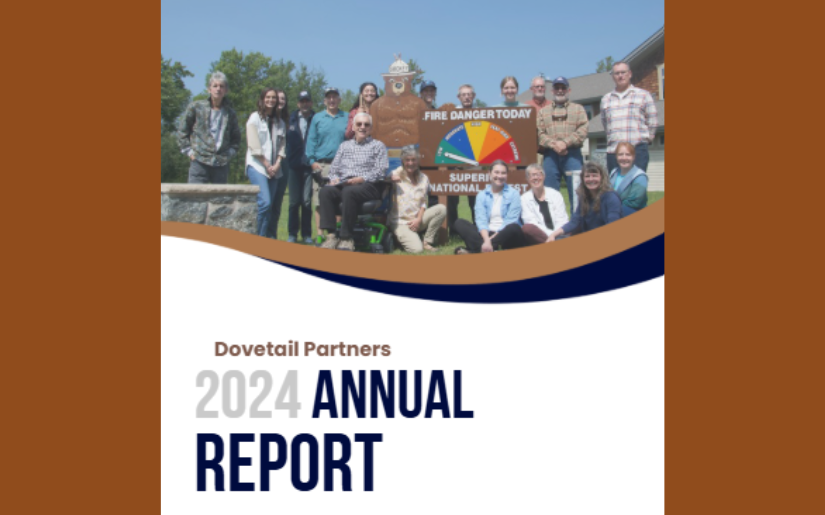From the redwood forest to the Gulf Stream waters, we are fortunate to have abundant, wide-open spaces in the United States. A third of our country is covered in forest, and almost another third is covered in grassland. Only three percent of the U.S. was classified as urban in 2007. [1] Thus, we appear to have plenty of land for producing food and fiber, enjoying recreational uses, and obtaining other ecosystem services.
But – as just about any urban planner, forester, agricultural producer, wildlife biologist, hunter, or citizen can tell you – there is also plenty of concern about future land use nationwide. With so many different stakeholders on the landscape, and with the U.S. population projected to grow from 309 million in 2010 to 420 million in 2060, [2] now is the time to implement proactive and innovative land use strategies.
In a previous Dovetail report, “Working Lands Conservation Offers Path to Sustainable Land Use” [3], we discussed how the sustainability of land use in rural areas could be enhanced by integrating the conservation of natural resources (such as soil, water, and wildlife habitat) with agricultural production, rather than focusing solely on a “set-aside” approach for natural areas. Here, we address the same principle – efficient, integrated land use – from the perspective of urban development. Our goal is to offer a multi-functional approach to land use and present a planning framework for sustainable land development.
[1] Source: Nickerson, C., R. Ebel, A. Borchers, and F. Carriazo. 2011. Major Uses of Land in the United States, 2007. Economic Information Bulletin No. (EIB-89). Economic Research Service, U.S. Department of Agriculture, Washington, D.C.
[2] Source: U.S. Census Bureau; U.S. population on April 1, 2010 = 308,746,000; U.S. population projection for July 1, 2060 = 420,268,000, based on 2012 National Projections (updated May 2013)
[3] Available here.
- Lead AuthorStai
- DateNovember 2013
- CategoryAgriculture, Environmental, Forestry, Management
- Project FileDownload

.png)
.png)



